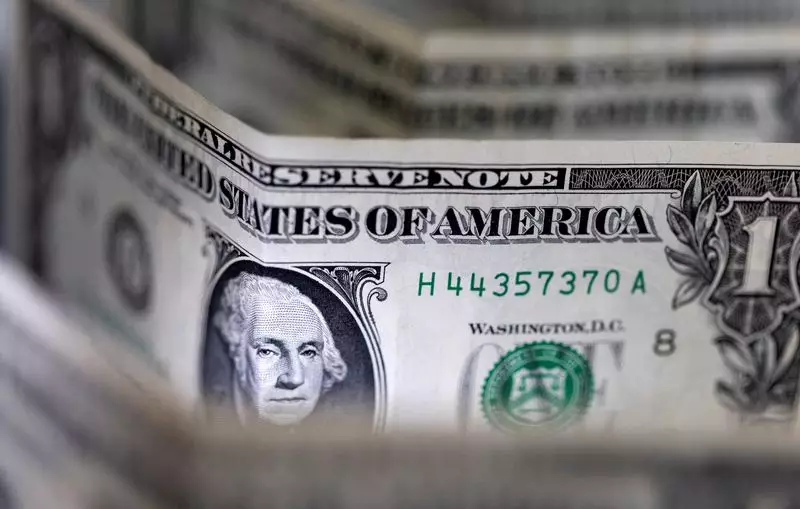The U.S. dollar has been experiencing fluctuations in early European trade due to uncertainty surrounding Federal Reserve rate cuts and heightened tensions in the Middle East. These factors have contributed to the dollar remaining at elevated levels, with implications for risk appetite and safe-haven demand.
The recent Iranian strike on Israel has increased safe-haven demand for the dollar, as investors seek refuge amid fears of a wider regional conflict. Despite some profit-taking on Monday, the dollar continues to be in demand for its perceived stability and liquidity. The situation in the Middle East remains volatile, with the potential for further escalation affecting implied FX volatility.
Last week, the release of higher-than-expected CPI data boosted the dollar, leading to speculation that the Fed may delay interest rate cuts to curb inflation. This has resulted in a decrease in the market’s expectations for interest rate cuts in 2024, compared to earlier projections. The upcoming retail sales data for March is anticipated to show a slower growth rate, but may not have a significant impact on Fed rate expectations.
In Europe, the EUR/USD pair rose slightly, reflecting dovish comments from ECB officials and the possibility of a rate cut in June. Eurozone economic data, including industrial production figures, continue to show weaknesses that contrast with the U.S. economic landscape. Similarly, the GBP/USD pair experienced gains, but uncertainty looms over the release of U.K. unemployment and consumer price data, which could influence market expectations for a BoE rate cut.
The USD/JPY pair rose to a 34-year high, indicating yen weakness that may prompt intervention by the Japanese government in currency markets. The USD/CNY pair remained stable following the decision by the People’s Bank of China to keep lending rates unchanged, highlighting the interplay between global economic factors and the relative strength of the U.S. dollar as a safe-haven currency.
The U.S. dollar’s trajectory is influenced by a combination of geopolitical tensions in the Middle East, economic data releases, and global market dynamics. While the dollar remains elevated amid uncertainty, its status as a safe-haven asset and its response to economic indicators will continue to shape its performance in the coming days. Investors should remain vigilant in monitoring these factors to make informed decisions in the foreign exchange market.

